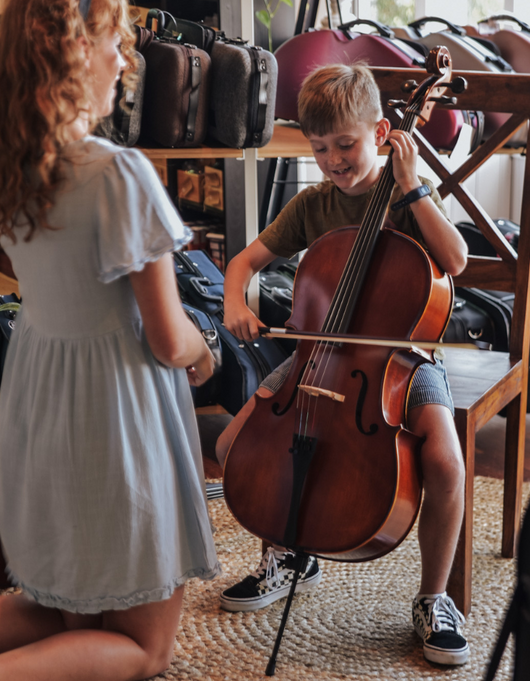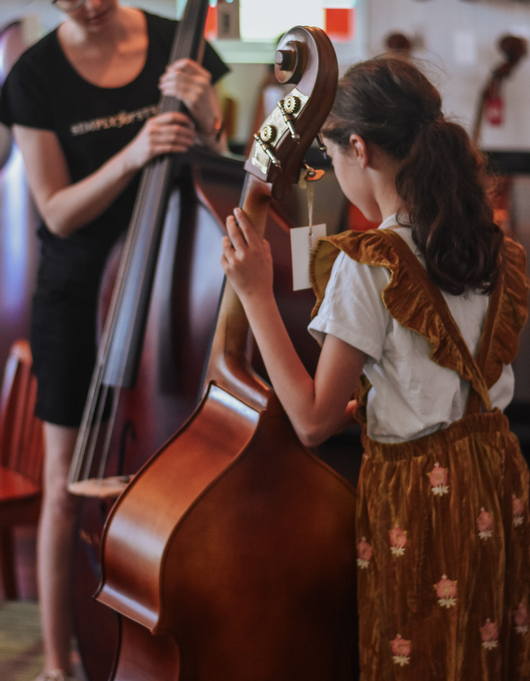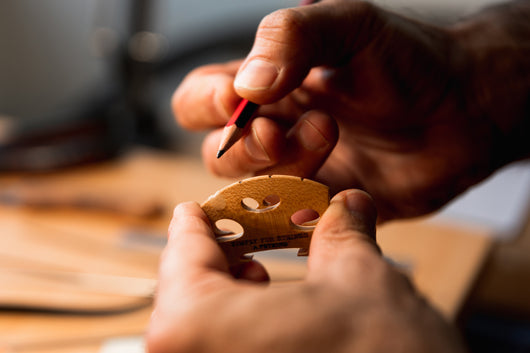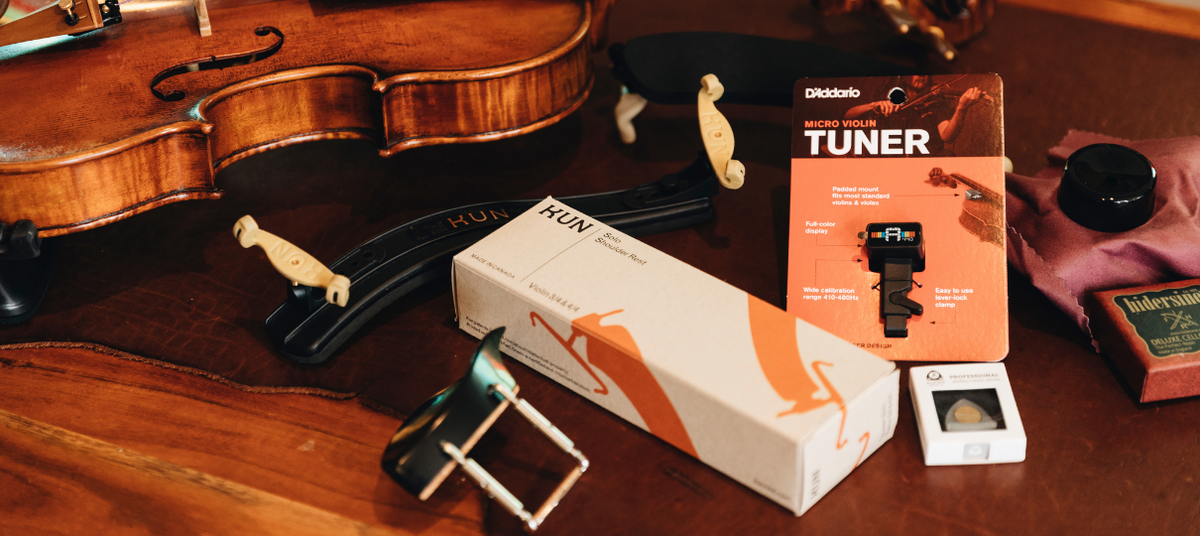Finding the right chin rest can be a daunting task…let us help!
Robyn discusses the use of the chin rest and how you can ensure a perfect fit, every time. Visit our blog post here to learn more about adding a shoulder rest to the equation and how both must be selected together for optimal comfort.
In this blog post, we continue our look at the perfect set-up focussing on the chin rest. Many customers come into the store to look at a new shoulder rest only to realise that it is, in fact, their chin rest that needs to be looked at.
In his book, The Violin Lesson, Simon Flesch concludes that the chin rest should really be called the ‘jawbone rest’ as that is a more accurate description of the contact point on the rest. It is also important to realise that there should be no gap between the instrument and the neck of the player. The tension caused by this incorrect posture would undoubtedly result in overall discomfort.
Some points to look for in a correctly fitting chin rest include:
- Height: No more than one finger’s distance in between the point of the chin and the chin rest when the eyes are looking directly forward and not up or down.
- Horizontal Positioning: Depending on the player’s preference (which is usually due to their flexibility in the shoulder or balance of the instrument), the chin rest should be positioned in the correct position ‘horizontally’. It has become quite common for violists to compensate for the breadth of the instrument by using a chin rest that will extend more over the tailpiece of the instrument.
- Tone: A chin rest that allows proper positioning next to the neck will allow for a more resonant tone by allowing the instrument to ‘ring’ to its fullest.
Important points to remember in regards to your chin rest include:
- Ensure an experienced player or repairer fits your chin rest to avoid scratching the varnish of your instrument and ensure it is in the correct position
- If your instrument is ‘buzzing’, it could be that the chin rest is too loose and is rattling on the tailpiece
- Ensure your tailpiece is not too tight as it may restrict the resonance of your instrument
- Only use equipment specifically designed to adjust your chin rest. Other implements may damage the varnish of the instrument.
Without a doubt, one of our customers’ most common concerns is what to do when your skin has a reaction to the chinrest.
Whilst we stock a range of Strad Pads to be placed over the chin rest as a protective covering, the Wittner Space Age Chinrest can overcome this issue. It is made with hypoallergenic material and comes with a screwdriver to attach the cork-lined rest to the instrument.
The Teka Chinrest is still our most popular chin rest as its shape, bakelite construction, and medium height are considered the most comfortable for the majority of the population.
Shop our range of chin rests for violin and viola here. Need some more help finding the perfect chin rest and shoulder rest? We offer personalised consultations in-store at Red Hill - no appointment necessary! Check out our opening hours here.

























